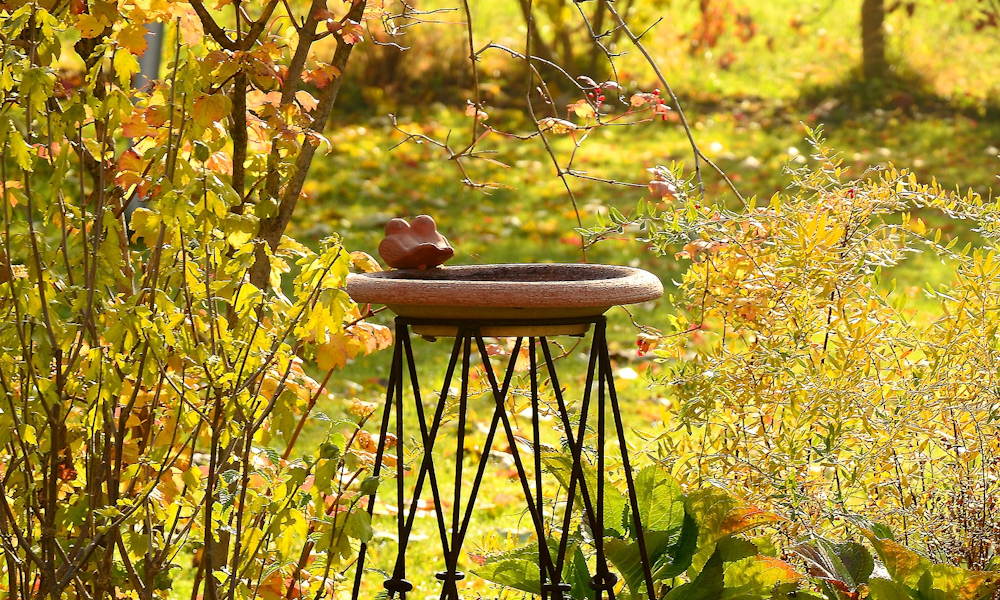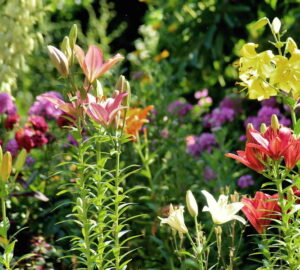As October approaches, the shift from summer’s growth to autumn’s quieter rhythm begins. In recent years, unpredictable weather patterns have introduced new challenges for gardeners looking to keep their practices sustainable. Whether planting bulbs, tree seedlings, or bushes, October offers an important opportunity to prepare the garden for the cooler months while incorporating eco-friendly techniques.
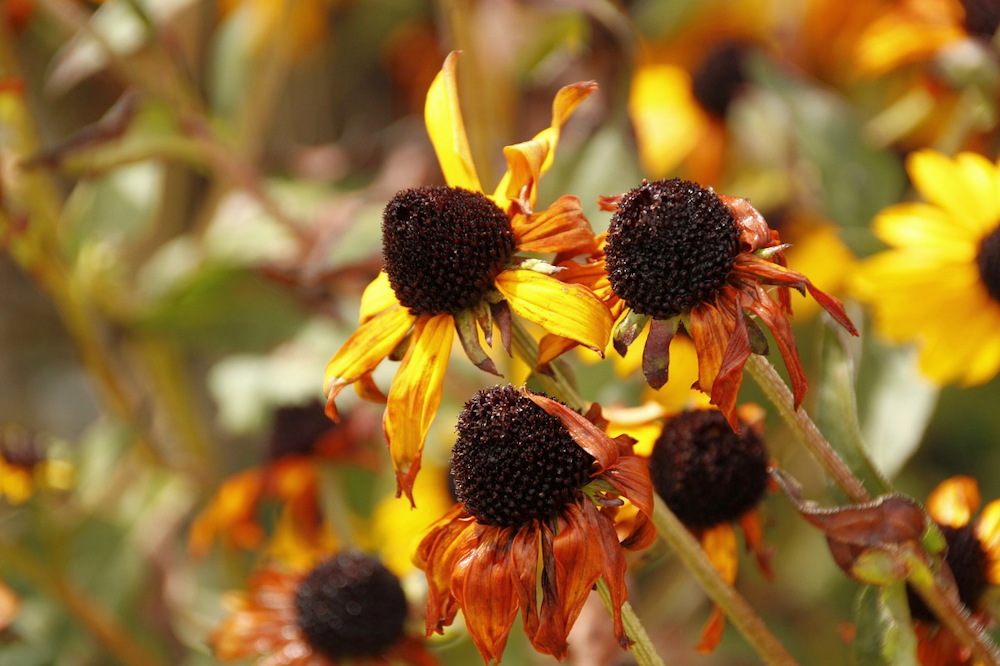
Bulb Planting: Setting the Stage for Spring Blooms
October is the perfect time to plant spring-blooming bulbs like tulips, daffodils, and crocuses. By planting early, you allow the bulbs to establish strong roots before winter frost sets in. Sustainable gardeners should opt for organic, untreated bulbs to reduce chemical input in their gardens. Here are a few tips to ensure success:
- Choose the right spot: Look for well-drained soil that receives ample sunlight in spring.
- Plant deep enough: The general rule is to plant bulbs at a depth that’s about two to three times their height, depending on the type of bulb and soil conditions. For most bulbs, twice their height works well, but for larger bulbs or in very sandy soils, three times their height can help ensure stability and protection from frost.
- Compost for nutrition: Instead of synthetic fertilizers, enrich your soil with compost, which promotes healthy root growth and reduces the need for chemical additives.
In light of erratic October weather, ensure that the soil is neither too dry nor too waterlogged. If heavy rains are common in your area, consider raised beds or amend your soil with organic matter to improve drainage.
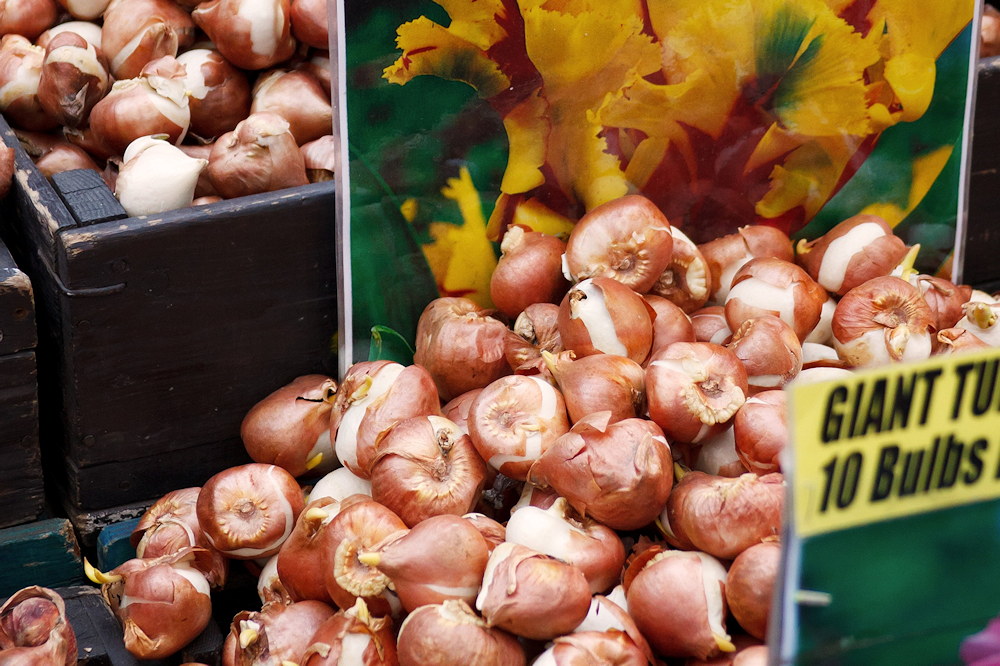
Planting Trees: Building a Sustainable Canopy
October offers ideal conditions for planting trees. Cooler temperatures and increased moisture create a less stressful environment for young seedlings to establish roots before winter. Trees contribute to a sustainable landscape by providing shade, capturing carbon, and improving soil health. Here’s how to get started:
- Select native species: Native trees are better adapted to local climates and support local wildlife. Choose species that are drought-tolerant if your region has experienced drier Octobers in recent years.
- Dig wide, not deep: When planting tree seedlings, make the planting hole wider than the root ball but not deeper. This encourages the roots to spread horizontally, offering greater stability.
- Mulch with care: Apply organic mulch around the base of the tree, but avoid piling it directly against the trunk. Mulch helps retain moisture and prevent weeds, reducing your garden’s reliance on water and chemical herbicides.
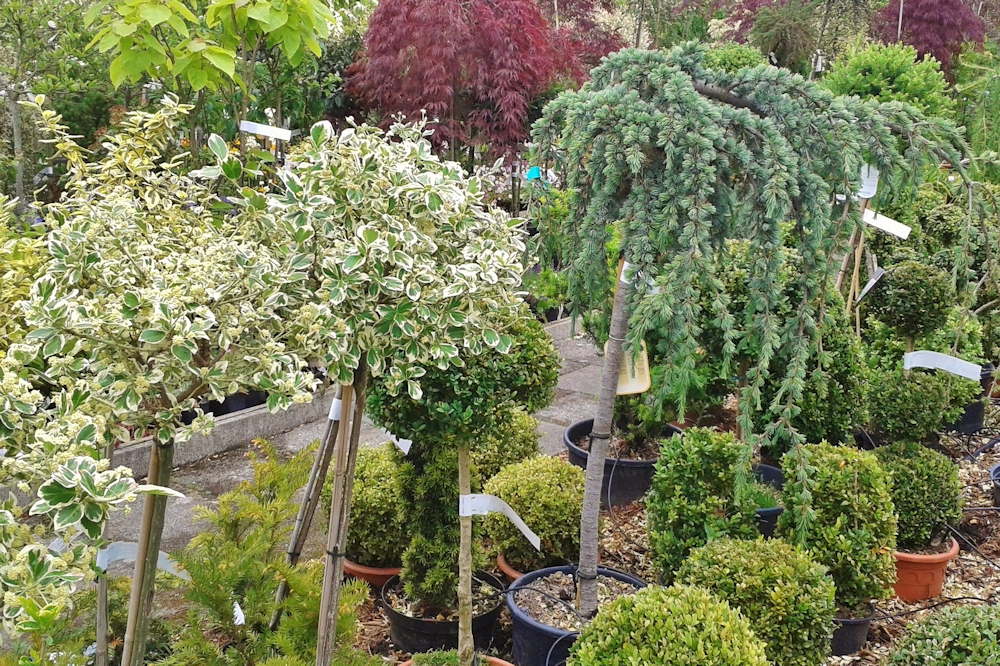
Bush Planting: Strengthening Your Garden’s Foundation
Bushes play an essential role in creating structure, providing privacy, and attracting pollinators. October is a great month to plant bushes, as the cooler temperatures allow roots to develop without the stress of summer heat. To promote sustainability, consider the following:
- Choose water-wise species: Opt for bushes that require less water, such as lavender or holly, especially if you’ve experienced unusually dry autumns.
- Incorporate biodiversity: Mix a variety of bushes to support local biodiversity, creating a habitat for pollinators like bees and butterflies.
- Water mindfully: Water deeply after planting, but be cautious about overwatering if your area tends to receive more rainfall in October. Eco-conscious gardeners often install rain barrels to collect rainwater for use in drier periods.
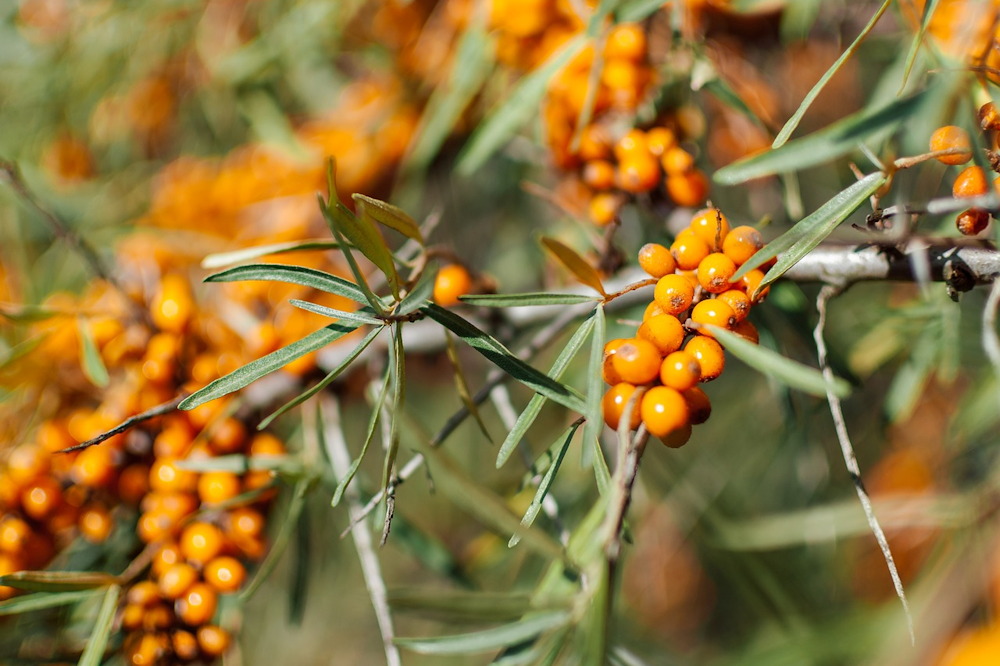
More October Garden Tasks for the Sustainable Gardener
Beyond planting, October presents other key tasks that align with sustainable garden practices. Here are some additional to-dos:
- Clean up with care: Instead of raking every leaf, consider leaving a layer of fallen leaves as mulch to protect garden beds. This reduces waste and supports beneficial insects.
- Compost old plants: As annuals die back, add them to your compost pile rather than throwing them away. This helps return nutrients to the soil and reduces landfill waste.
- Prepare for wildlife: Leave seed heads on perennials like echinacea and sunflowers to provide food for birds. Additionally, consider building shelters for hibernating creatures such as hedgehogs or frogs.
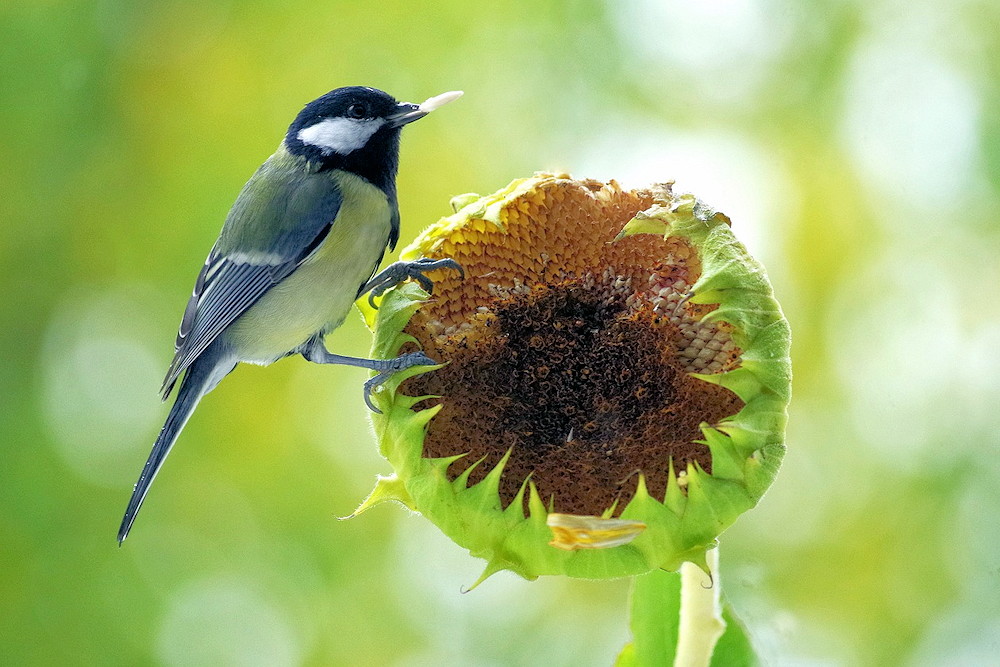
Sustainability Tips for Weather Challenges
In recent years, unpredictable October weather – from unseasonably warm days to heavy rains – has made it harder for gardeners to stick to traditional schedules. Sustainable gardening practices can help mitigate these challenges:
- Mulch for insulation: Mulching in October helps regulate soil temperature, protecting roots from unexpected frost or heatwaves.
- Flexible planting schedules: Don’t hesitate to adjust your planting dates based on your local conditions. If October proves warmer than usual, you may need to water new plantings more frequently or wait until the first frost is closer before planting bulbs.
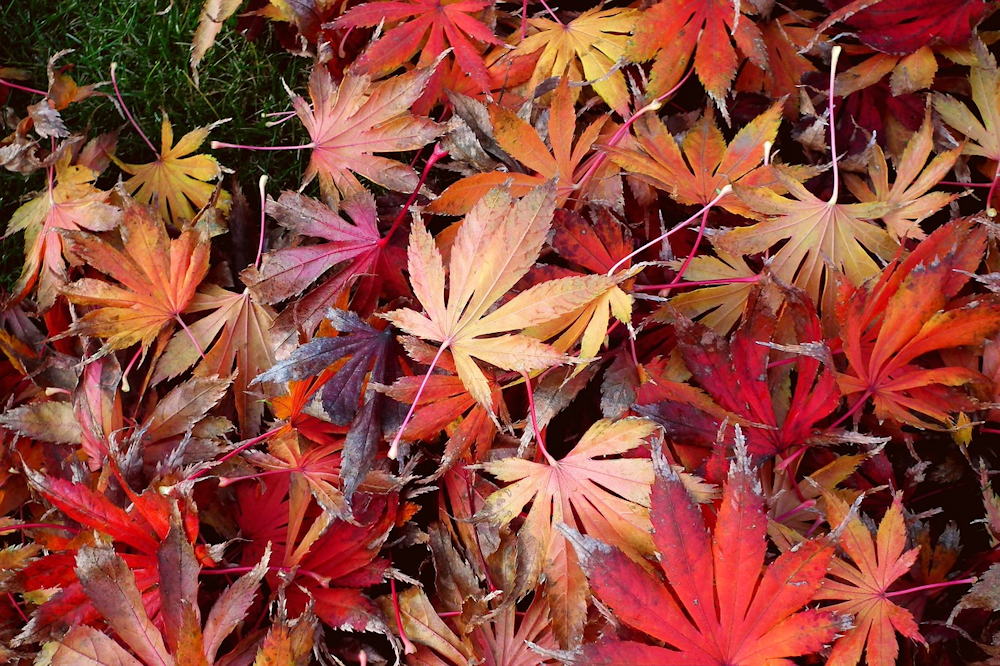
By following these sustainable practices, you’ll not only prepare your garden for winter but also contribute to a healthier planet. October may be unpredictable, but with thoughtful preparation, your garden can thrive year after year.



